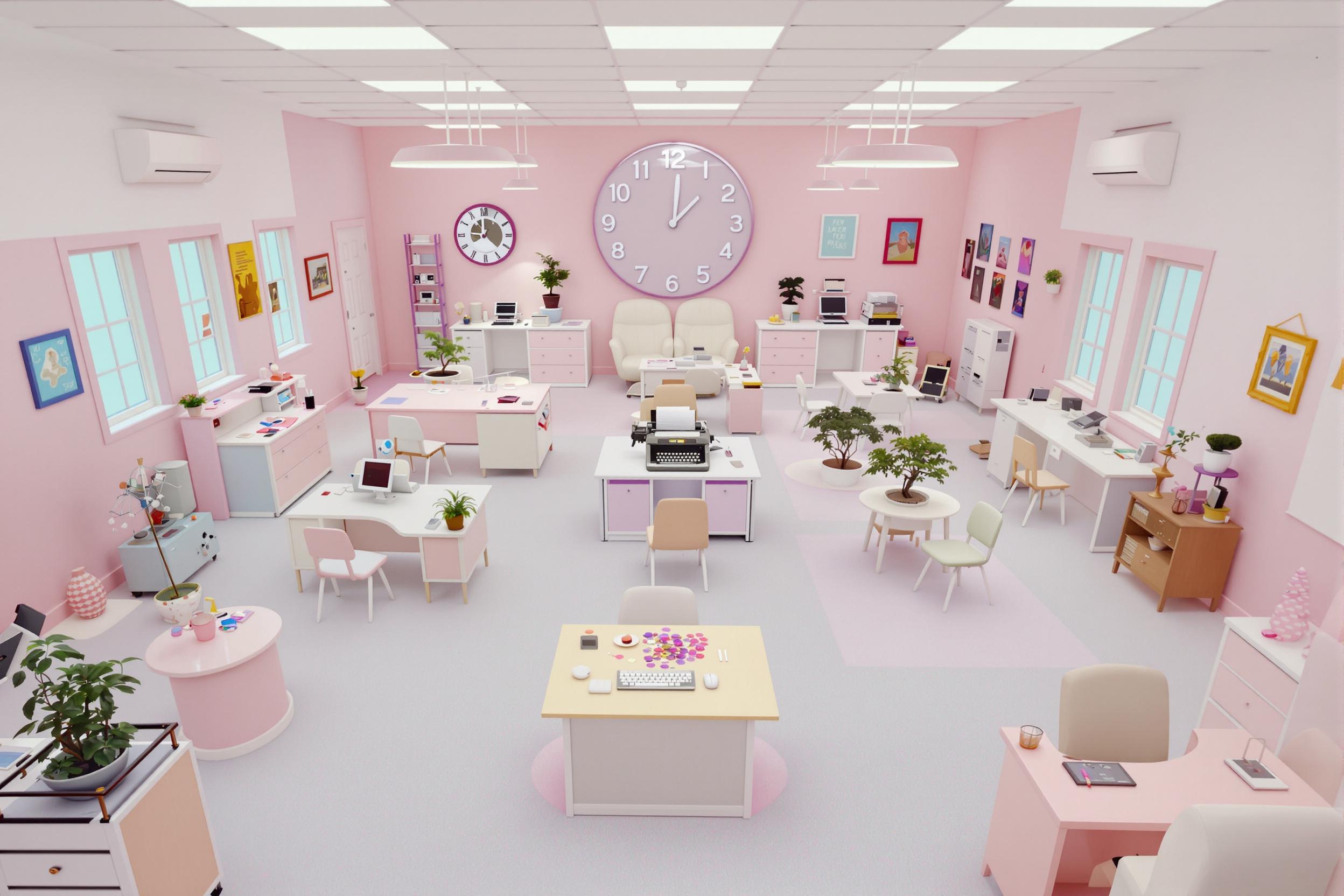
UV Mapping
UV Mapping is like creating a flat pattern for wrapping a 3D object, similar to unwrapping a gift box to make it flat. It's a fundamental skill in 3D animation where artists prepare 3D models to receive textures (images that give objects their color and detail). Think of it like creating a map that shows how to wrap a 2D image around a 3D object, just like wrapping paper around a present. This process is essential for all 3D characters and objects in games, movies, and animations to look realistic and detailed.
Examples in Resumes
Created detailed UV Mapping for main character models in animated short film
Optimized UV Maps for game assets to improve texture efficiency
Led team training sessions on proper UV Unwrapping techniques for complex 3D models
Typical job title: "3D Artists"
Also try searching for:
Where to Find 3D Artists
Online Communities
Learning Resources
Professional Networks
Example Interview Questions
Senior Level Questions
Q: How do you approach UV mapping for a complex character model with multiple outfit variations?
Expected Answer: A senior artist should explain their process for organizing UV space efficiently, considering texture resolution needs, and planning for multiple texture variations while maintaining consistent UV layout across different outfits.
Q: How would you set up a UV mapping workflow for a large team?
Expected Answer: Should discuss establishing standards for UV layout, creating templates and guidelines for the team, quality control processes, and methods for maintaining consistency across multiple artists' work.
Mid Level Questions
Q: What strategies do you use to minimize texture stretching in UV mapping?
Expected Answer: Should explain basic concepts of proper seam placement, maintaining proper texel density, and how to test for stretching using checker patterns.
Q: How do you handle UV mapping for repeating textures?
Expected Answer: Should describe techniques for tiling textures efficiently, maintaining consistent scale across surfaces, and handling seams in repeating patterns.
Junior Level Questions
Q: Can you explain what UV mapping is and why it's important?
Expected Answer: Should be able to explain that UV mapping is how we tell a 3D model how to display 2D textures, like creating a flat pattern for gift wrapping, and why it's necessary for texturing 3D models.
Q: What are UV seams and how do you decide where to place them?
Expected Answer: Should demonstrate understanding that seams are where the UV map is cut to flatten it, and that they should be placed in less visible areas or along natural breaks in the model.
Experience Level Indicators
Junior (0-2 years)
- Basic UV unwrapping of simple objects
- Understanding of texture resolution
- Basic knowledge of 3D software
- Simple character and prop UV mapping
Mid (2-5 years)
- Efficient UV space organization
- Complex character UV mapping
- Multiple UV set handling
- Optimization techniques
Senior (5+ years)
- Advanced UV layout strategies
- Team workflow optimization
- Technical problem-solving
- Mentoring junior artists
Red Flags to Watch For
- No practical experience with any 3D modeling software
- Unable to explain basic UV mapping concepts
- No portfolio showing UV mapping examples
- Lack of knowledge about texture resolution and optimization
Need more hiring wisdom? Check these out...

Unlocking Team Potential: Personality Mapping for Dynamic Management

Virtual Reality in Certification Exams: How VR is Transforming Specialized Training

Unlock Hidden Talent: How Internal Rotation Programs Spark Career Exploration and Boost Retention

